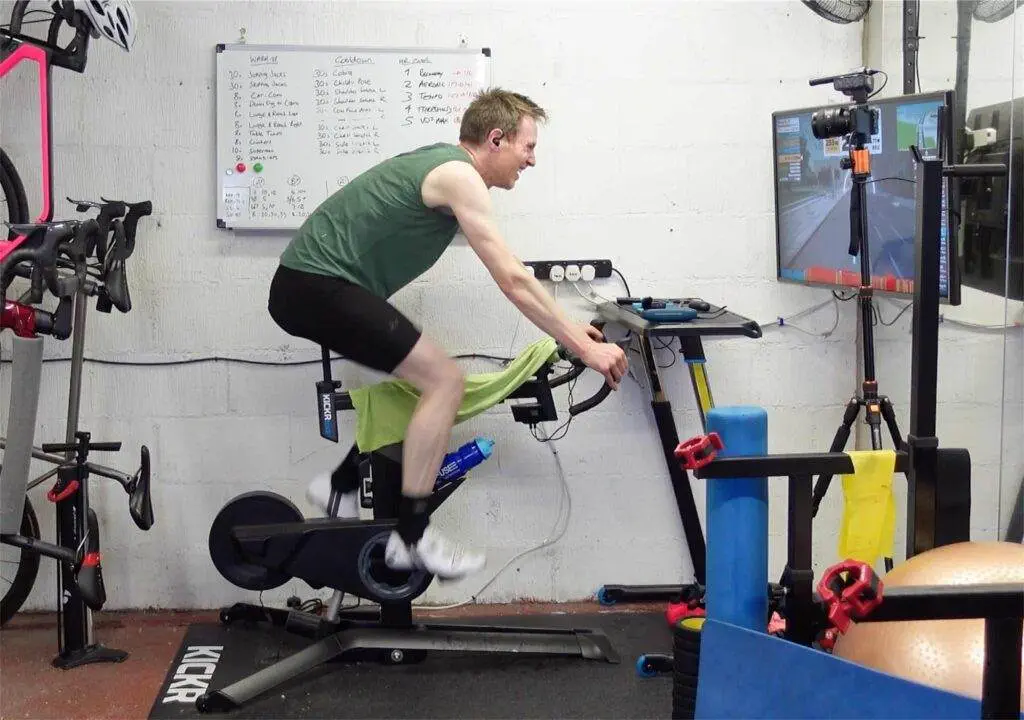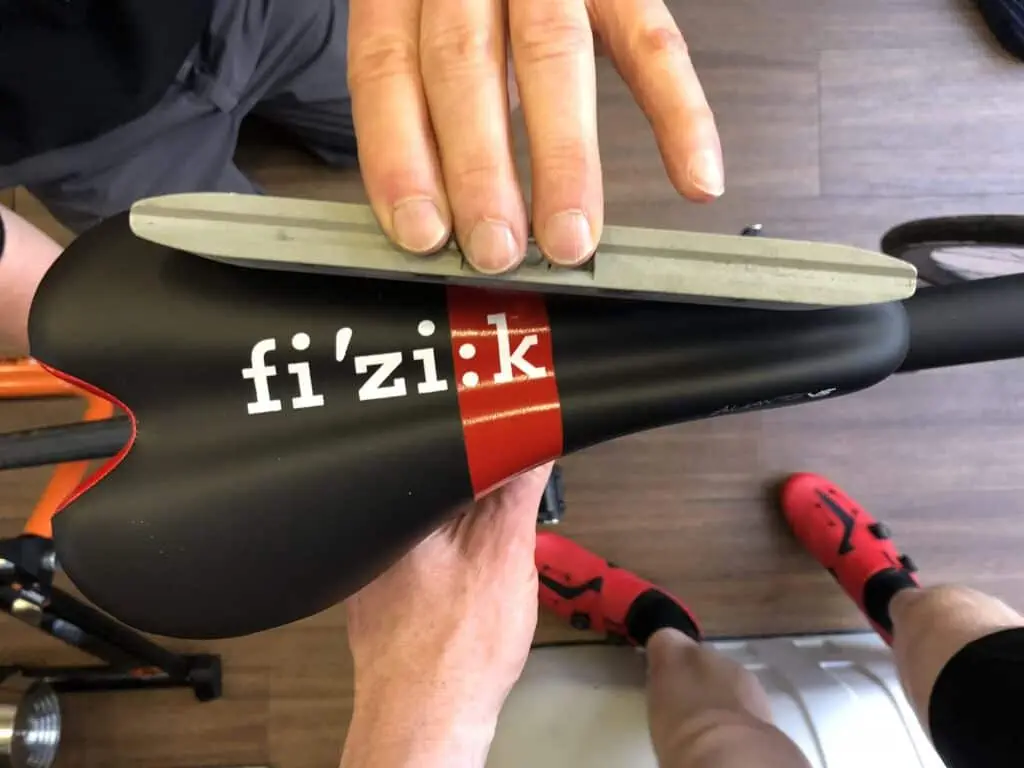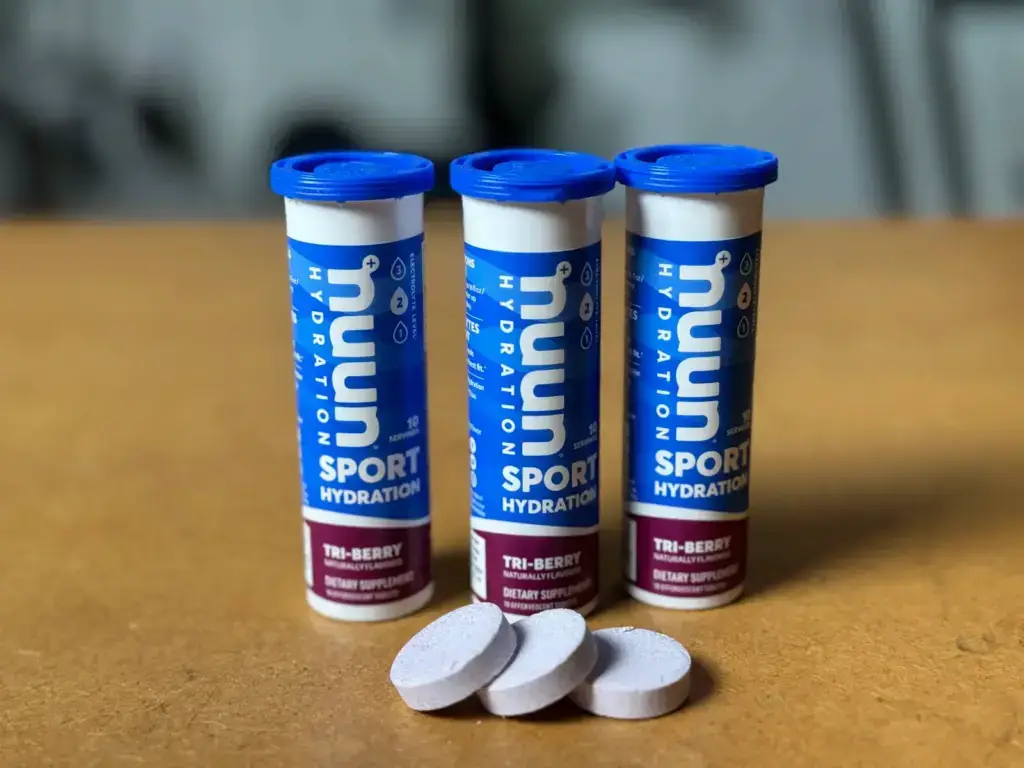Have you recently started cycling or been clocking up the miles for a while and are looking to boost your cycling fitness?
Finding a good cycling training program is difficult, so we’ve made it easier and less daunting.
Below, we’ve compiled four tried-and-trusted cycling training plans to boost your training arsenal. Read, consider, and then decide on the best cycling training plan to help you achieve your cycling training goals.

Key Takeaways
- A good cycling training plan helps improve strength, endurance, fitness, and racing times.
- Base training improves aerobic efficiency and the body’s ability to use fat as a fuel source.
- High-Intensity Interval Training can be completed in a short amount of time & allows maximum returns on the high-quality work you’ll put in.
- Time-Crunched Training improves stamina and strength and burns a lot of fat.
- Periodization Training decreases the risk of overtraining and injury, maximizes speed and strength, and boosts fat loss and muscle building.
Base Training
As the name suggests, base training forms the base or foundation of any cycling training plan.
Base training is a critical component of many fitness training plans. It involves regular, long, steady rides to build aerobic fitness and efficiency. This helps build a solid endurance base and stamina, allowing you to train harder and take on longer and more intense rides in the future.
Base training will see you mostly train in zone two, which is 56 to 75% of your Functional Threshold Power if you use a power meter (my go to is the Favero Assioma DUO).
If you’re using a heart rate monitor, zone two refers to exercising at 65 to 75% of your maximum heart rate.
Base training has several benefits:
- It improves aerobic efficiency
- Improves the body’s ability to use fat as a fuel source
- Lays a solid foundation of fitness to help take on longer and more intense rides in the future
- Helps with a quicker return to the saddle after illness or injury.

You should start all your cycling training plans with base training. Also, combine long periods of base training with indoor training workouts.
If you’re limited on time, combining sweet-spot training – at the top of three and lower end of zone four – with endurance training can benefit you from both forms of differing intensity training.
Use your weekends to do your long endurance-based rides in a group ride, and focus on sweet-spot training during the week.
The long endurance rides improve your overall fitness and allow you to get used to being in the saddle for long periods. And the intense indoor workouts will further boost stamina and strength.
High-Intensity Interval Training (HIIT)
High-intensity interval training (HIIT) helps burn large amounts of calories quickly and can deliver good results in a well-structured cycling training plan.

HIIT involves doing short intervals of intense exercise at high effort levels – close to your maximum – with rest periods in between. You’ll cycle hard during the high-effort portion, then ease down in the recovery period to allow your muscles to recuperate.
With HIIT, you train in two training zones – zones 5 to 6 for the high-effort exercises and zone 1 during the recovery or rest period.
The benefits of HIIT are:
- Training sessions can be completed in a short amount of time
- It allows you to benefit from the high-quality work you put in over a short period, helping boost fitness and stamina.
- HIIT training can be done at home as part of your indoor cycling training plan.
You won’t be able to tackle a HIIT session every day, as you won’t hit those peaks every time, which might decrease your motivation levels. So, schedule a HIIT training session about two or three times a week, but remember to let your muscles rest and allow your body to recover.
Also, remember not to focus too much on your HIIT sessions and then neglect your endurance training, as it will negatively impact your aerobic efficiency.
Stick to two or three HIIT weekly sessions, combining them with long endurance rides. If you’re short on time, and can’t be on the road for hours, opt for a quick HIIT session. When your schedule rears up, get back on your bike and clock up those much-needed miles to maintain your fitness.

Time-Crunched Training
Every cyclist will often be short on training time, and that’s where time-crunched training will fit into a training plan.
You’ll use a time-crunched training program (TCTP) when you are really pushed for time and only have a limited amount of hours to dedicate to your cycling.
This form of personalized training involves structured training of an average of three interval sessions per week while clocking a few slower endurance rides as part of your weekend ride.
During these interval sessions, you do sweet-spot training using a power meter and work out at 85 to 95% of your power threshold. The sweet-spot workouts will push your aerobic system to its maximum, delivering greater threshold and stamina gains.
For your other interval sessions, you can squeeze in hill work (at 80 to 90% of your threshold, one to two times per week) and anaerobic- and strength training workouts. The interval sessions, though brief, are intense and will help your body prepare for big future events such as major races.
The benefits of TCTP include:
- Improves stamina and strength
- Boosts both aerobic and anaerobic strength and conditioning
- Burns a lot of fat during and after the training session
- It makes you more resistant to fatigue, allowing you to ride longer
Time-crunched training plans are designed as a short-term boost and are especially useful if you prepare for a big race. It shouldn’t be done more than two or three times yearly as it can tax the body and the mind.
Periodization Training
Periodization training is the practice of combining a series of micro- and mesocycles in a cycling training plan.
During the structured training plan, a cyclist puts their body under severe stress through intense training sessions, allowing the body to recover from the workload. It is during the recovery process that the body builds fitness and strength.
Without the recovery period, the body won’t be able to repair and heal itself, leading to zero gains in fitness and strength, rendering the training useless.
Periodization training should be intense enough to overstress the body. This overstressing causes the body to overcompensate for the training stress and, during recovery, gains strength and fitness.
Periodization training plans require the cyclist to strike a balance between the amount of exercise and recovery throughout the training season, to strengthen the body. The goal is to combine training intensity and volume throughout the season to allow you to peak at certain times, such as competitions.
You can use a periodization training plan to build upon work done in previous cycles, increasing your exercise intensity and volume levels every few weeks.
Studies have shown that periodization training helps cyclists obtain better results in strength, fat loss, and muscle gains.
Because of its multi-faceted approach, periodization training holds many benefits:
- It decreases the risk of overtraining and injury
- It prevents one’s gains from plateauing
- It maximizes speed, strength, and endurance
- It helps with fat loss and builds muscle
- It helps combat training burnout
Periodization training involves combining a series of macro, meso, and microcycles in a cycling training plan.
Macrocycles are long-term training cycles. They are the “big picture” planning cycles and normally span over a long period, say over 12 months, before competing in a major race.
Mesocycles are medium-term cycles that fall within the macrocycle. They are, on average, four to six weeks long. Mesocycles typically involve three weeks of intensive training followed by a week of lower-intensity training.
Microcycles are short-term cycles and are embedded within the mesocycle. They last up to a week and can vary in intensity, depending on the cyclist’s weekly training schedule.
Additional Tips for Successful Cycling Training Plans
Every cyclist wants to be at the top of their game whenever they get in the saddle. Consistent training is imperative, and a well-thought-out cycling training plan will allow you to monitor and gauge your progress and help you easier identify shortcomings.
Paying attention to and improving your riding technique reduces your risk of injury. Learn how to move with your bike and maintain control. The more time you spend on your bike, the more skilled you’ll become at cycling.
Pay attention to your posture, keep your upper body relaxed, and focus on the road ahead. A properly fitted saddle helps with cycling posture, so make sure your saddle is positioned correctly.

The best way to increase cycling power is by doing intervals and uphills. Intervals are short segments of riding at maximum intensity, which boosts power. Cycling hill repeats, too, can help condition your leg muscles and increase power.
When you’re starting, incorporate intervals and uphills in shorter rides, but as you become fitter, mix them into longer rides. Weight training and riding against the wind also help increase your cycling power.
Long rides are the best way to increase endurance and boost your fitness. Use your cycling training plan to build on your endurance to avoid over-training and injury gradually.
When it comes to cycling, carbohydrates are your best friend. They are the primary source of fuel for your muscles during both long and intense rides.
It’s crucial to maintain high glycogen stores, as your body will consistently burn through energy while you’re in the saddle. To ensure you have a steady supply of energy, it’s important to consume carbohydrates before, during, and after your cycling sessions.
Before your ride, aim to eat a meal or snack that’s rich in complex carbohydrates to fill up your glycogen stores. During your ride, especially if it’s a long one, you’ll need to replenish your energy, and this is where easily digestible carbs come into play.
Afterward, it’s essential to restore your glycogen levels with a mix of carbs and protein to aid in recovery. For maintaining energy during your rides, I recommend something like Tailwind Endurance Fule Drink Mix.
It’s specifically formulated for endurance workouts, providing a balanced blend of carbohydrates, electrolytes, and hydration. Tailwind’s mix is designed to be easy on the stomach and absorb quickly, giving you the sustained energy you need without the gut bombs.

Cycling also makes your body burn fat stores. Fats are a more sustained energy source than carbohydrates, so increase your intake of good fats, such as those found in nuts, avocados, and fish oil.
Protein plays a vital role in the repair and growth of muscle tissue, which is why it’s essential for cyclists to include it in their recovery routine.
After a demanding ride, your muscles are primed for repair, and consuming protein within 30 minutes can significantly aid in the recovery process.
This timing ensures that your muscles receive the necessary nutrients when they are most receptive to repair and growth. For a convenient and effective way to get high-quality protein into your diet post-ride, Ascent Whey Protein is an excellent choice.
It’s a no-fuss option that delivers the protein your muscles need without any unnecessary additives. Just mix it with water or your preferred beverage, and you’ve got a muscle-repairing drink that’s ready in seconds.
Staying hydrated is crucial for any cyclist, regardless of the duration or intensity of your ride. Your hydration needs are influenced by several factors, such as ride length, workout intensity, and the temperature of your environment.
As a general guideline, aim to drink at least 16 ounces of water per hour of cycling. On warmer days, or if your workout is particularly strenuous, you may need to double that amount to maintain optimal hydration levels.
It’s important to listen to your body’s signals and drink water whenever you feel the need. To help keep your hydration on point, I recommend including something like Nuun Hydration Tabs.

These tabs are a convenient way to replenish electrolytes lost through sweat and help maintain fluid balance. They’re easy to use—simply drop a tab into your water bottle, and it dissolves quickly to create a refreshing, electrolyte-rich drink. Nuun Hydration Tabs come in a variety of flavors, making it a great choice for staying hydrated throughout your ride.
FAQs
How often should I train?
If you are a beginner, start slowly and cycle about two to three times weekly, clocking two to three hours in the saddle. As you become fitter and more comfortable, gradually increase your riding time.
Remember to rest often to help your body recover. For shorter rides, take about a day off to rest. After a demanding ride, your body will need about 24 to 48 hours to recover.
Rest days are important as they help your muscle tissue recover. It also avoids injury and burnout.
How many rest days should I take?
No matter their skill level, Cyclists should take one full day off in the week to rest. Also, take a rest day before a big race. You can still stay active by doing something else, but allow your body to rest and recover after training days.
Listen to your body – rest when you are tired to aid recovery and avoid unnecessary injury.
What’s a good Cycling Training Plan for Endurance
A 12-week cycling training plan focusing on endurance involves gradually increasing the duration and intensity of your rides. It typically includes 3-5 rides per week, with durations ranging from 45-240 minutes at a moderate intensity.
As you progress through the plan, you’ll introduce interval training, and hill repeats to build strength and endurance. The final weeks of the plan focus on tapering and recovery before an endurance event.
However, the specifics of a training plan will vary based on your fitness level, goals, and schedule, so it’s best to consult with a coach or trainer to create a customized plan.
